
About the Birmingham University School
ESTABLISHED 1922
In 1922, Birmingham’s industrial leaders recruited Colonel Basil M. Parks, a highly respected instructor at Marion Institute, to provide a preparatory education for boys focused on academic excellence, discipline, and honor.
The mission of Birmingham University School was to give boys a comprehensive mental, moral, and physical preparation for college to enable them to serve their generation wisely as leaders.
In 1926, Birmingham University School (B.U.S.) moved from Highland Avenue to 1211 28th Street S with a faculty of 6 males, 69 students, and an annual tuition of $200-$300.
As years passed and attendance grew, B.U.S. eventually relocated to a larger campus on Montclair Road. In 1975, B.U.S. merged with The Brooke Hill School for girls and became The Altamont School located atop Red Mountain. Less than two miles away from this original school building, Altamont continues the quest for excellence in education, which was the vision of Colonel Parks.
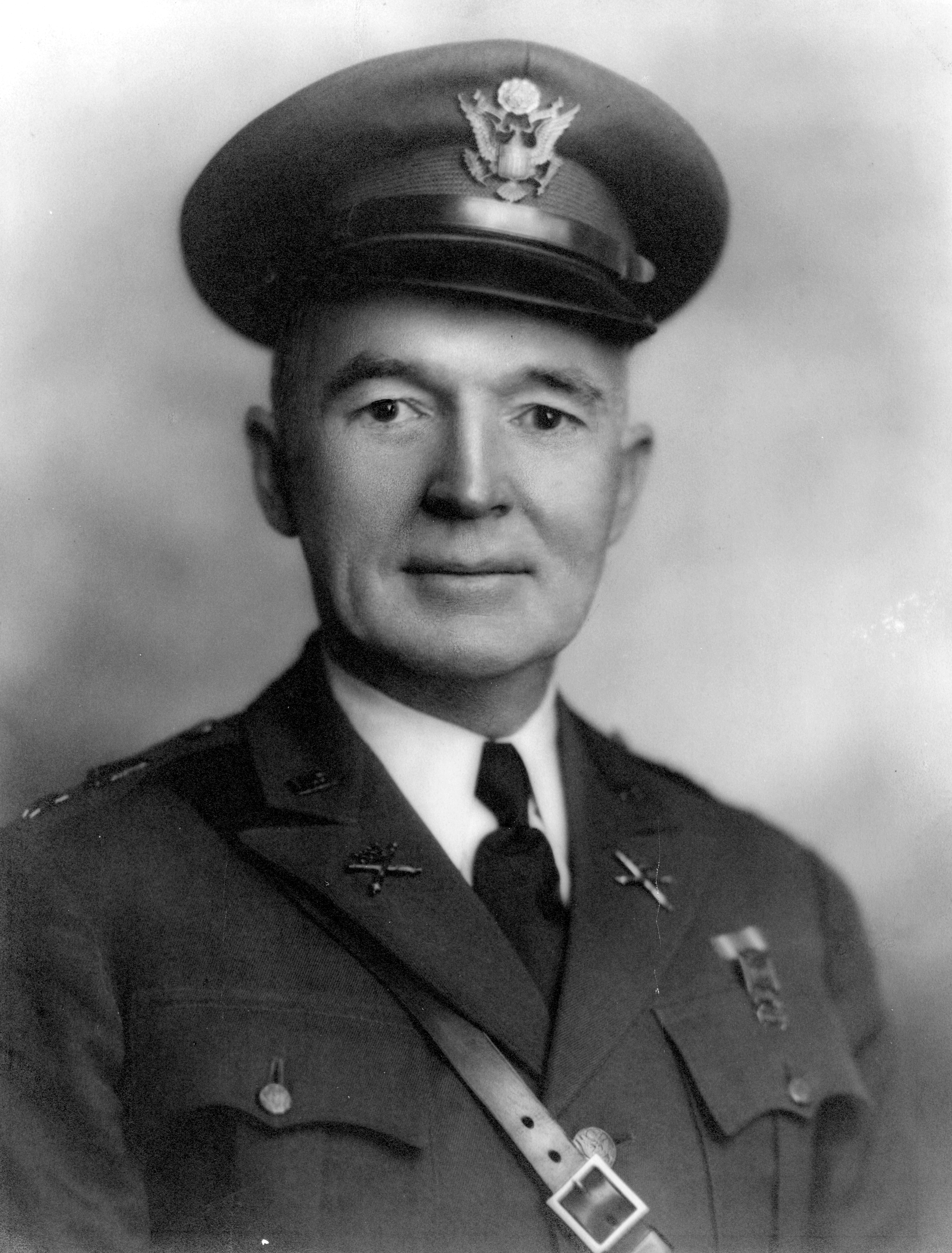

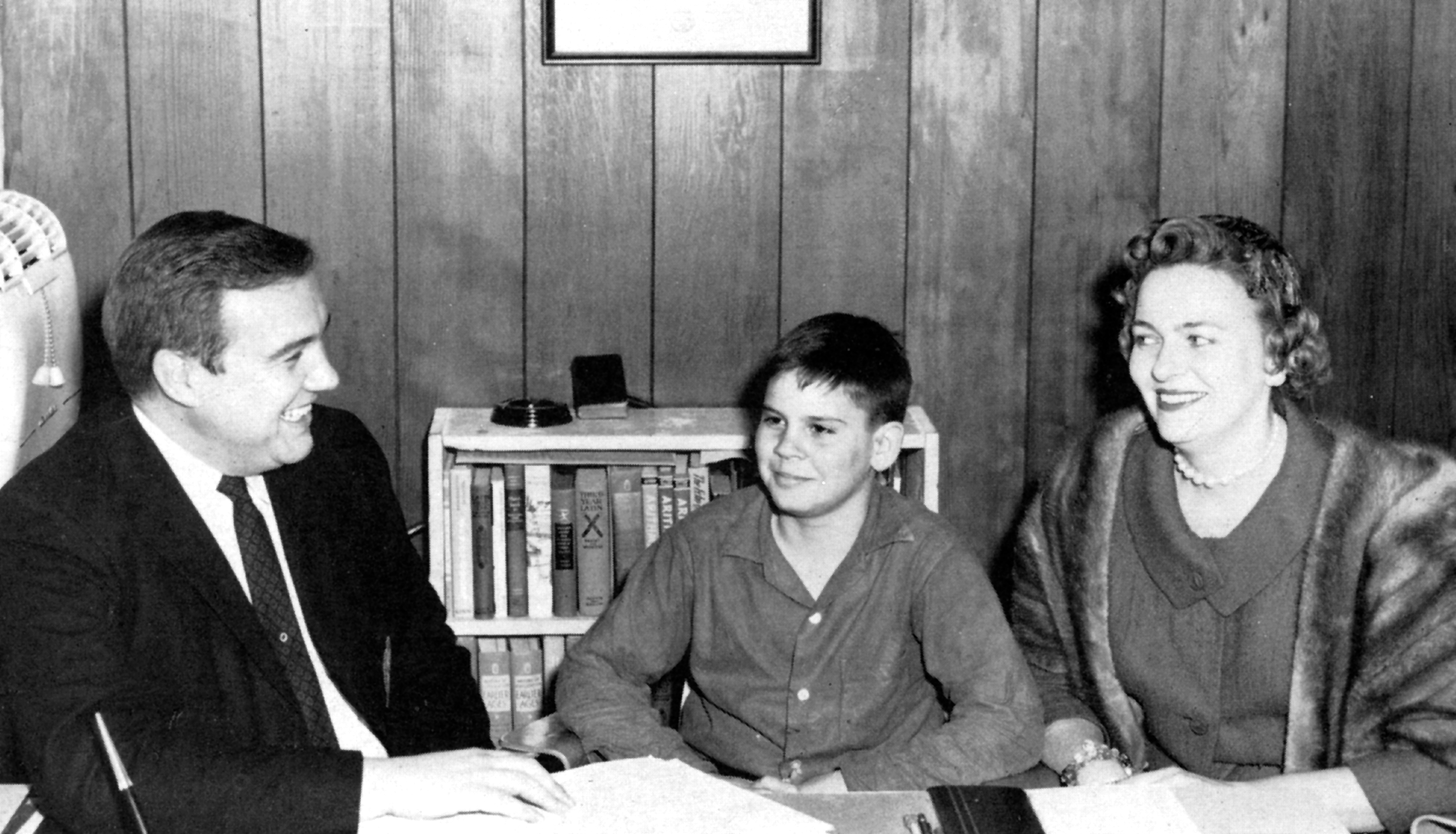
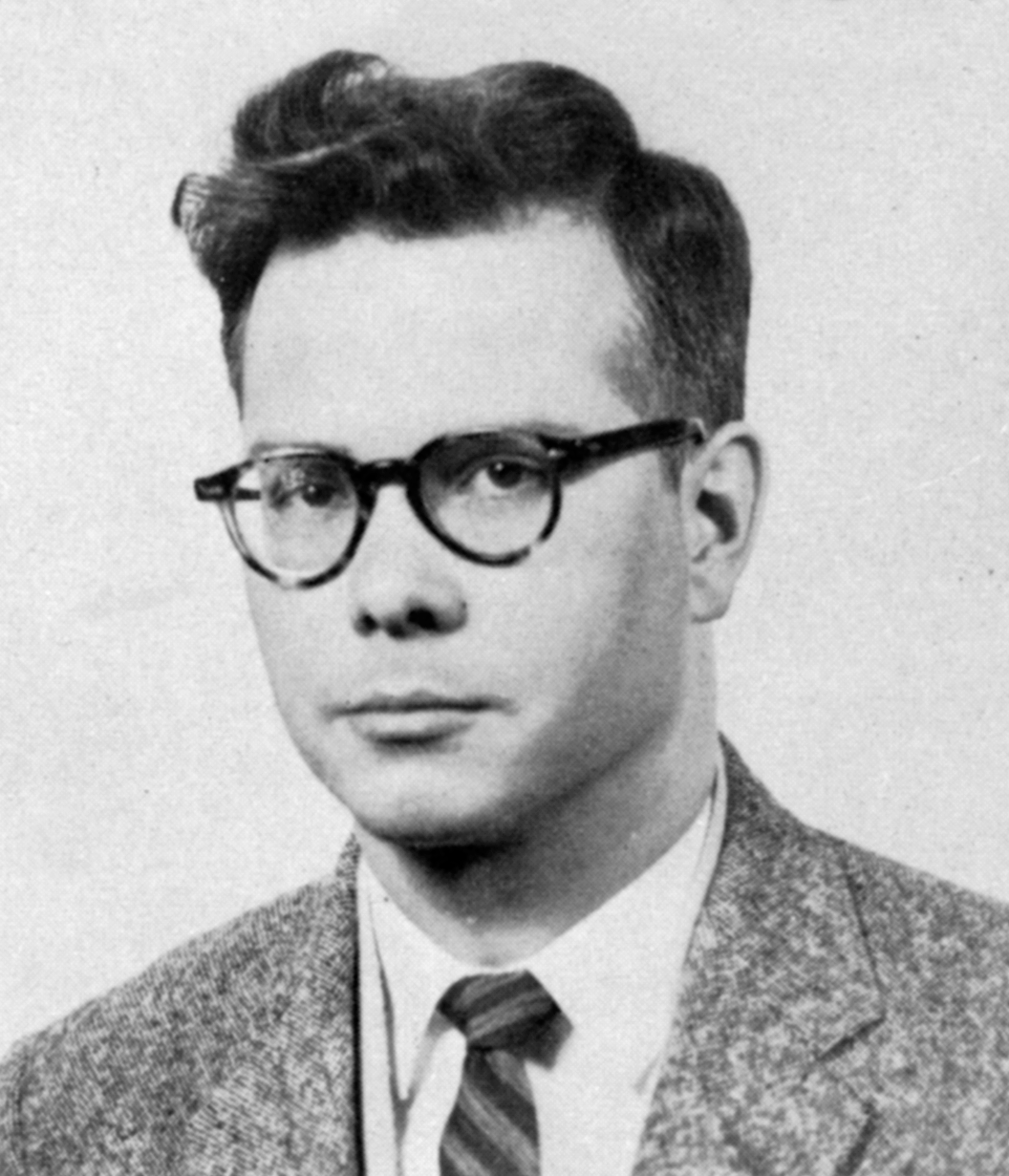



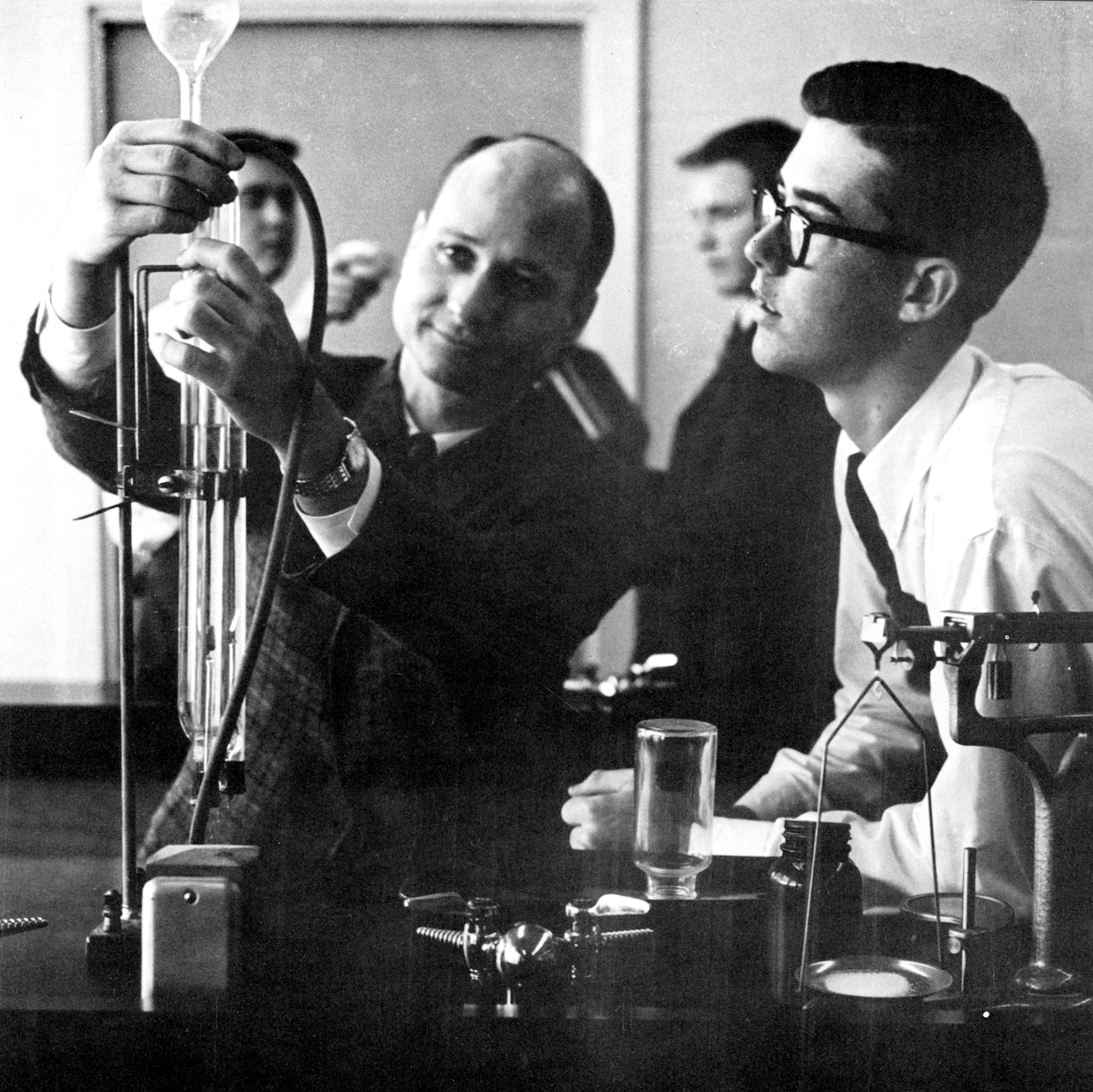
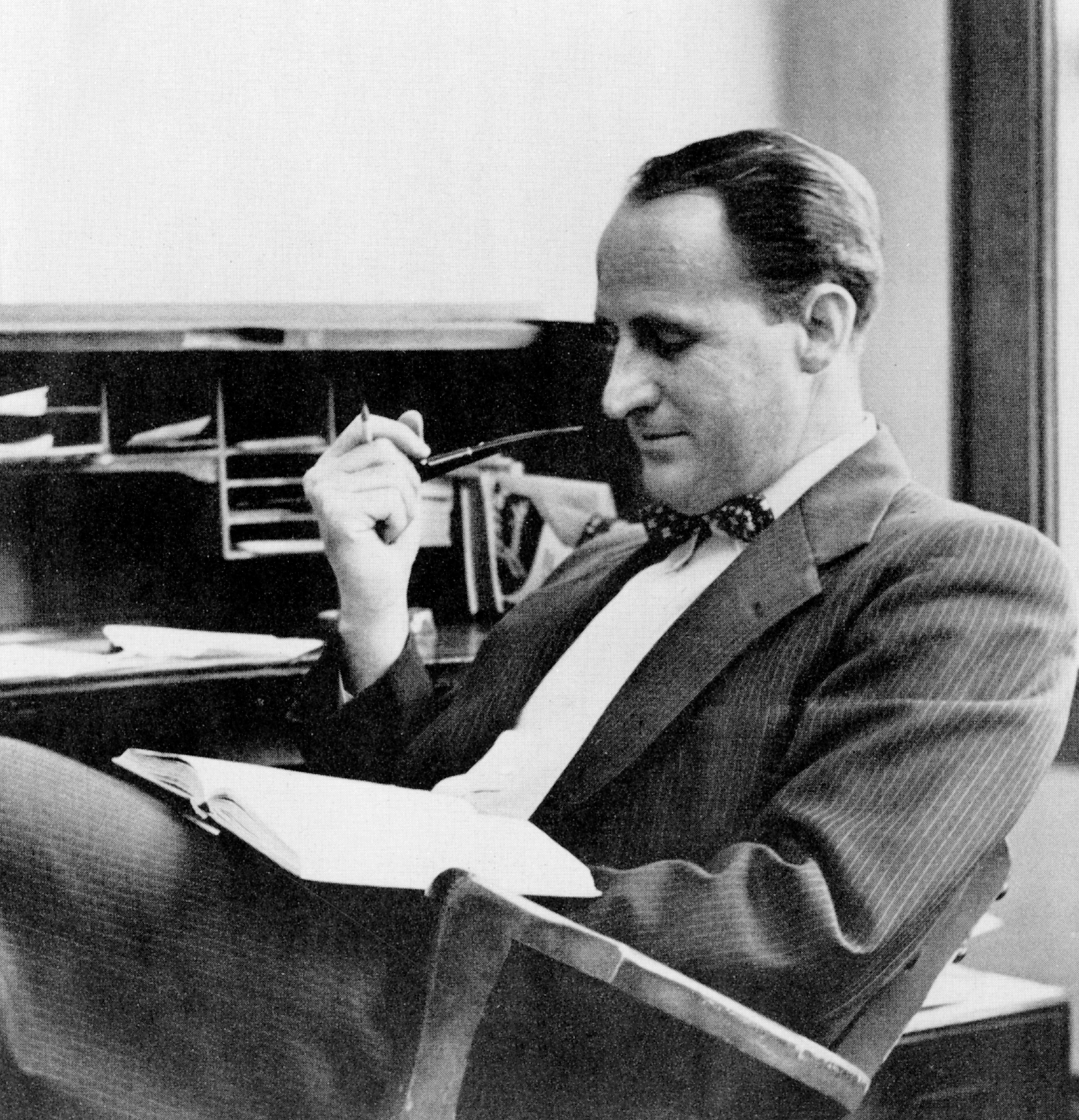
Pro Virili Parte
TO THE BEST OF ONE’S ABILITY
Before having the opportunity to join the student body, each student was required to take entrance examinations, whereby to determine level of intelligence and the appropriate academic grade level in reading vocabulary and comprehension, English grammar and spelling, and mathematical reasoning and fundamentals. Qualified applicants, and his parents, were interviewed before a decision could be made on admission.
A demonstration of superior intelligence possessed by the student, and academic accomplishment, was crucial to the admissions process.
To achieve a high level of excellence, B.U.S. classes were taught by the best qualified instructors that could be found. Requisite characteristics of those instructors were dedication to the B.U.S. ideal of education, a personal commitment to always seek knowledge and professional competence, and diligence ever to strive to stretch the mind of each boy enrolled at the school. These instructors were devoted to the intensive teaching of basic courses: written and oral communication in English, ancient and modern languages, mathematics, history, and sciences.
The curriculum of B.U.S. aimed to offer the best possible preparation for college entrance—it was the desire of the administration and the faculty that each graduate of the school would be able to enter the college of his choice and excel within his course of study whatsoever it might be.
Those at Birmingham University School were aware that the capacity to learn and the ability to make use of information in creative and reflective thinking, as traits, are uniquely human. There was a general feeling for “learning PER SE” as the indispensable fabric of sound thinking. While the leadership and faculty did seek every opportunity to encourage the use of facts in intelligent reasoning, they considered their first business to be the teaching of fundamental knowledge and skills.


HEADMASTERS
1922-36 Basil M. Parks
1936-45 Robert L. Johnson
1945-46 Luther Williams
1945-46 Robert Jemison III, co-director
1946-52 Henry “Frank” Cantey
1952-57 Joseph H. Harris
1957-59 William Stephens
1959-62 H. Hardy Perritt
1962-63 J. Clyde Orr
1963-68 Frank C. Marshall
1968-69 William G. Nicholson
1969-71 Miles Lovelace
1971-75 William F. Haver
First Headmaster of Altamont until 1991
BOARD PRESIDENTS
1966-1967 Sam Upchurch
1967-1968 James C. Barton
1968-1969 William K. Murray, Jr.
1969-1972 Edward M. Selfe
1972-1975 John H. Schuler
1945-1951 William Brantley
1951-1953 Gerry Cabaniss
1953-1963 Beverly P. Head, Jr.
1963-1964 Gilbert M. Carpenter
1964-1966 Hiram R. Elliot


